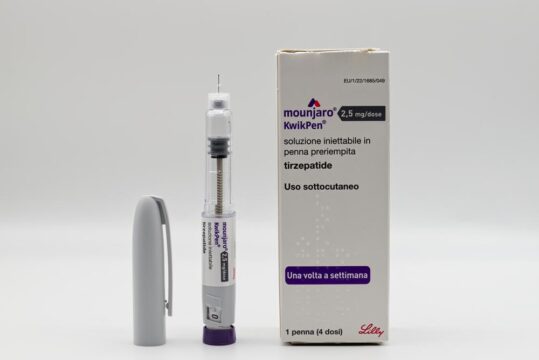Advertisment
Making the VTE service work in practice

Recurrence of venous thrombo-embolism (VTE) may be more common than people think and 30% of people develop post thrombotic syndrome, according to Mr Kieron Power; Lead Pharmacist – Thrombosis and Anticoagulation at Singleton Hospital in Swansea.
The management of VTE is complex because of the number of factors that need to be taken into account. The first step is the selection of an appropriate anticoagulant and this is not a one-size-fits-all situation. There can be differences in the provoking factors, the locations of the VTE and patient factors such as renal function, weight, and presence of anti-phospholipid syndrome, for example. The next important decision is about the duration of treatment. “We know now that recurrence rates are higher than we maybe previously thought and so far more now we’re assessing patients, even after first-time events, for lifelong anticoagulant therapy”, says Mr Power. The third ‘complexity’ is concerned with long-term risks of complications, in particular post-thrombotic syndrome which affects some 30% of patients with VTE.
“Post thrombotic syndrome ….. is essentially where patients have the long term symptoms of VTE despite them not having recurrent thrombotic episodes. So patients will often have long-term leg swelling, cramping, pain. The difficulty with it is that there is no known effective treatment or cure for it and so much of it comes down to patient expectation management and maybe things like stockings that can help to support them”, explains Mr Power.
Similarly, pulmonary embolism (PE) can be associated with long-term complications. “One of the long-term complications of PE is CTEPH or chronic thromboembolic pulmonary hypertension. So, again, this can be quite a disabling condition [in which] you have chronic clots within your lung developing high pressures within the right side of your heart and ….. a lot of these patients have long-term dyspnoea and their performance in life is greatly reduced”, he says.
Direct-acting oral anticoagulants (DOACs)
From the patient’s perspective the introduction of DOACs has made anticoagulation a more straightforward process with fewer dietary impacts and interactions with other medication. From the pharmacist’s viewpoint, now that less time has to be spent on anticoagulant dosing and monitoring there is more time to spend on other important aspects of patient management. Furthermore, the improved safety profile of the DOACs has been important. “The bleeding data, especially in long-term patients, is very positive and I think that now – because we’re far more comfortable with the idea of using long-term anticoagulant therapy – we are seeing far more people with first unprovoked VTE going on to receive lifelong anticoagulant therapy whereas I’m not so sure we would be as comfortable with warfarin”, says Mr Power. Nevertheless, there are nuances in treatment and DOACs are not suitable for everyone. “We need individuals to be able to identify the correct patients and …… I can’t see why that can’t be a pharmacist”, he adds.
A typical VTE patient swill be diagnosed by a physician and referred to the pharmacy team on the same day. The initial consultation is concerned with the selection of the correct anticoagulant regimen. At subsequent reviews the patient’s compliance with and tolerance of the treatment is assessed and additional investigations are arranged if necessary. At the three-month review the decision is made between lifelong treatment or discontinuation. Patients for whom lifelong treatment is recommended are then referred to their GP for ongoing management.
Read and watch the full series on our website or on YouTube.





